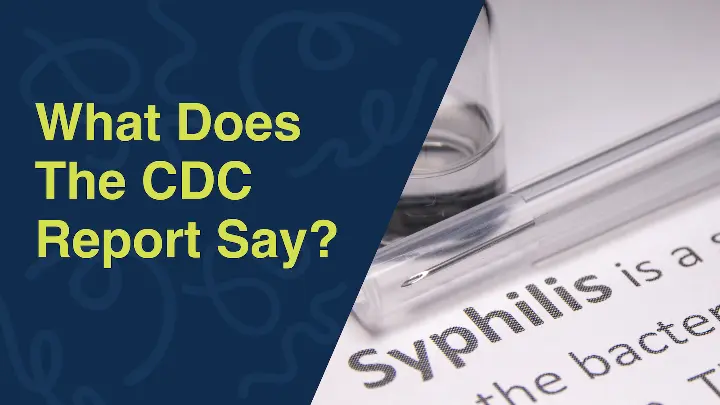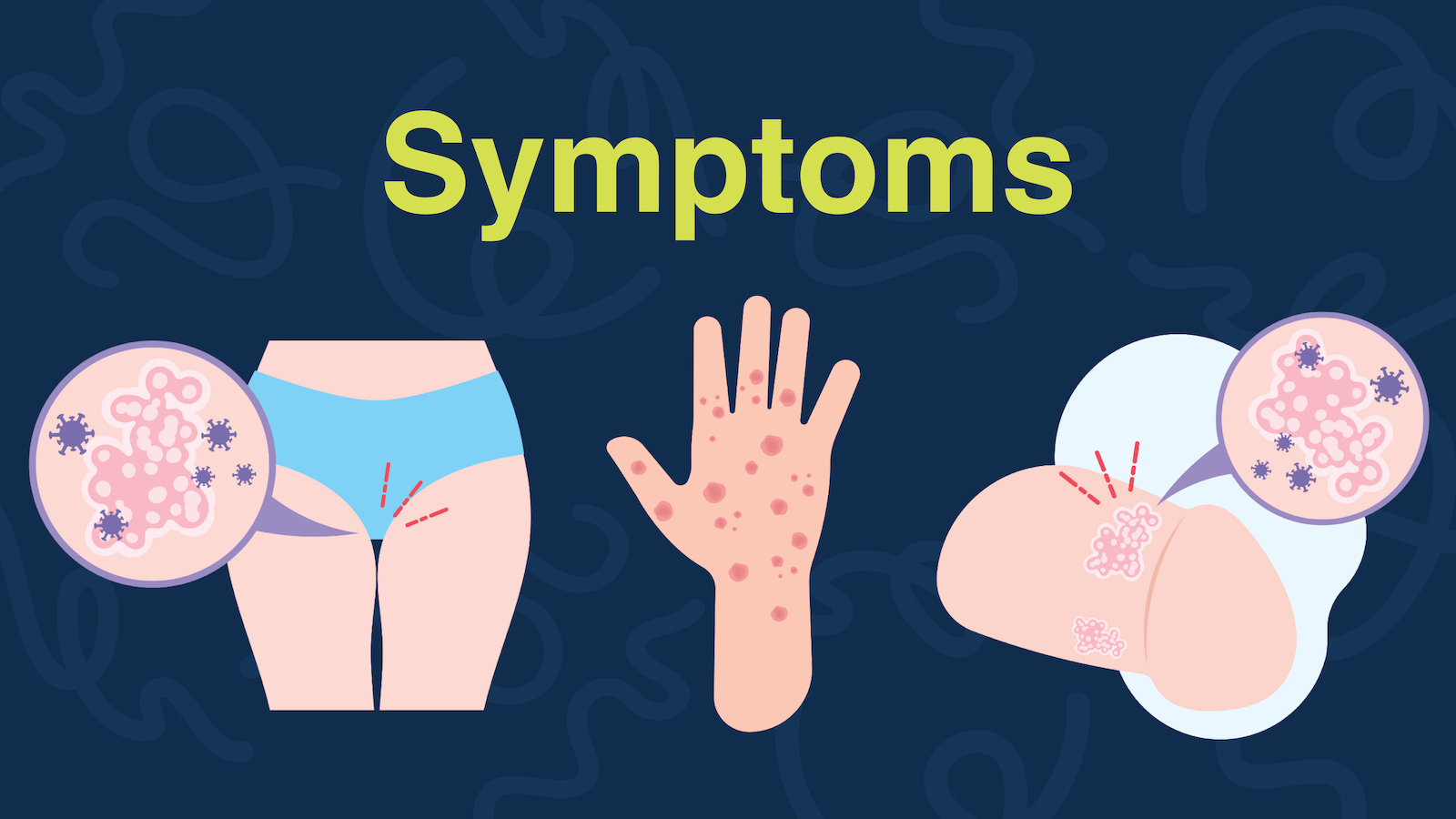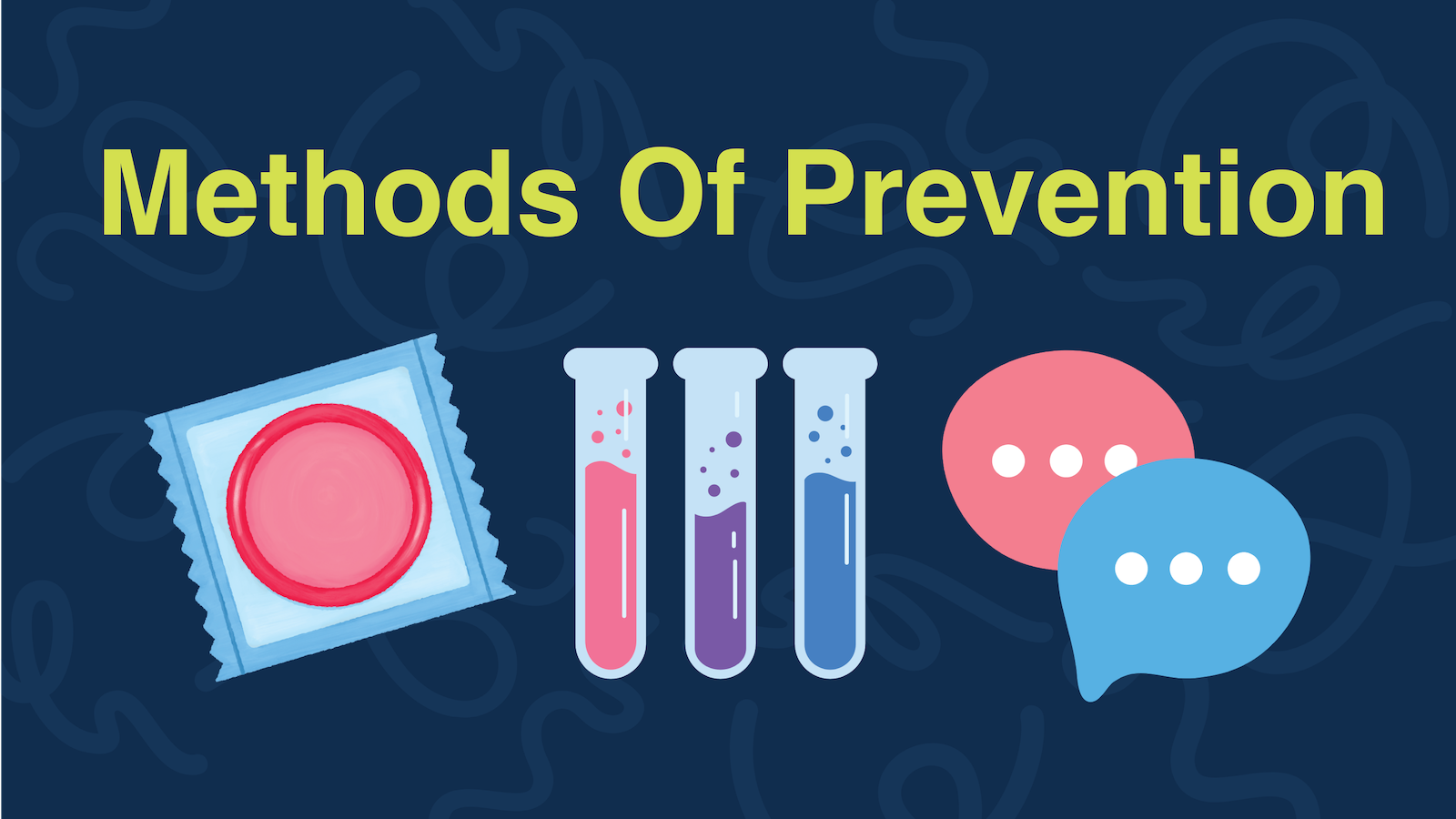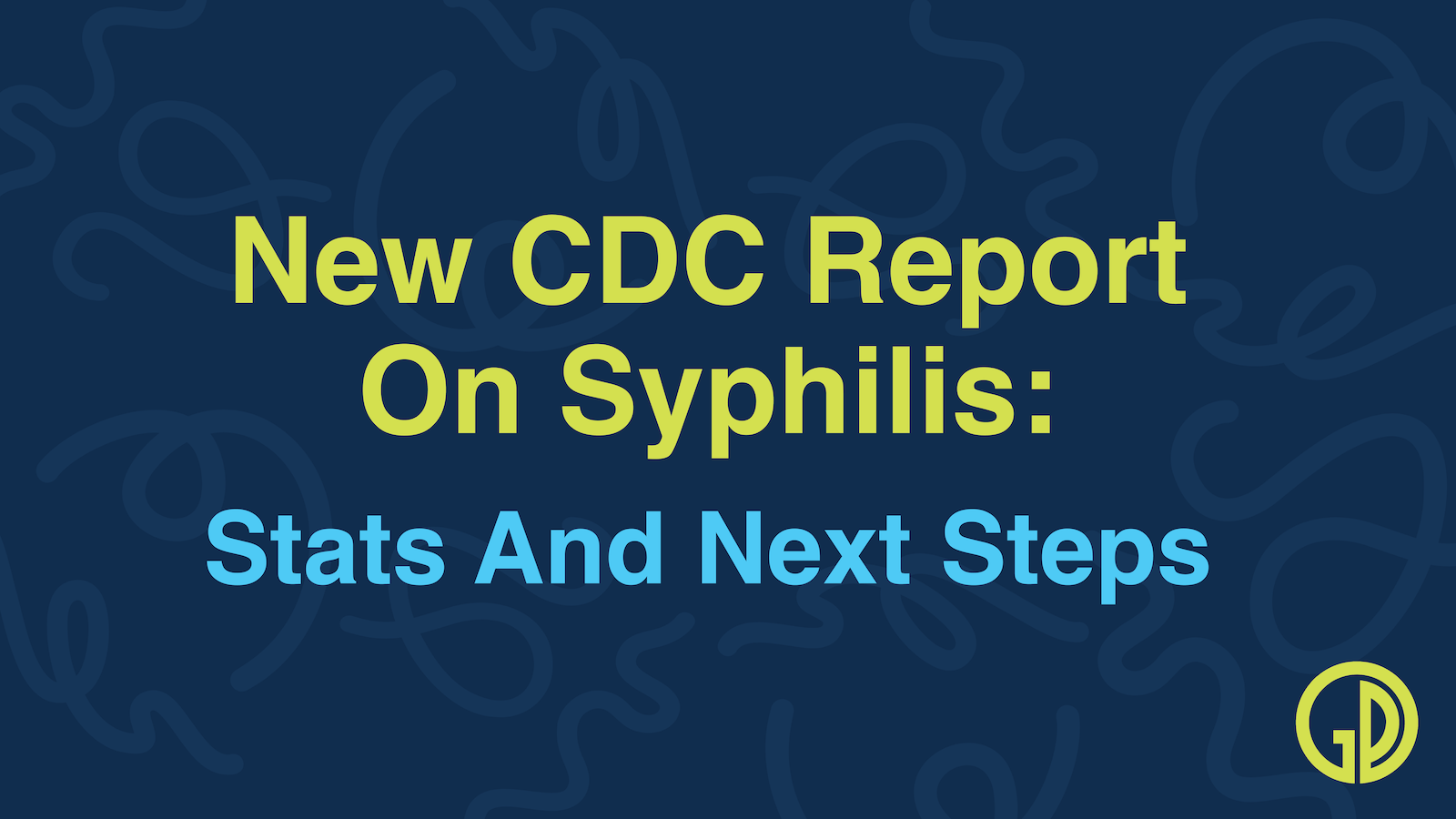A report published by the CDC about syphilis rates has garnered attention but what does the trend mean and how can we combat this sexually transmitted infection?

CDC data shows a rise in syphilis over the past 5 years. This highlights the need for various targeted interventions, comprehensive prevention strategies, enhanced screening efforts, and accessible healthcare services to help halt the rising tide of syphilis infections and safeguard public health.

Syphilis, sometimes called “the pox”, is a common sexually transmitted infection (STI) caused by the Treponema pallidum bacterium. Sexually transmitted syphilis is thought to have evolved somewhere around 3000 BCE due to large shifts in climate. Although it has been around forever, the disease we know today made its way around the world in the 1400s, with each country blaming each other for its spread. Italy, Germany, and the United Kingdom all called it the “French disease” while the French labeled it the “Neapolitan disease.” Over in Russia they considered it the “Polish disease” but in Poland they called it the “German disease.” Denmark, Portugal, and most of North Africa designated it as the “Spanish disease.” One thing is for sure, wherever people went, so did syphilis.

The most common way that syphilis spreads is through sexual contact. This occurs when someone is exposed to a sore during the primary and secondary stages of syphilis. Depending on the site of the sore, syphilis can be passed on through oral, anal, and vaginal sex.
Congenital syphilis is a vertical transmission that occurs when a pregnant person passes the infection onto their fetus. Any untreated stage of syphilis, primary, secondary, and even latent, can put an unborn child in danger. Duration of infection and if/when the pregnant person sought treatment will greatly impact the severity of the outcome. Congenital syphilis can result in miscarriage, stillbirth, premature birth, low birth weight, anemia, jaundice, meningitis, and long term disabilities.

One of the biggest problems with preventing the spread of syphilis is its ability to mimic other STIs or even hide. This is why it’s critical to get tested if you are sexually active.
Onset of symptoms can occur anywhere from 10-90 days after exposure and primary syphilis indicators are minimal. The first sign of infection is a small, painless sore where the bacteria entered the body. Often hidden in the vagina or rectum, the sores can be difficult to notice and heal on their own within a few weeks.
The second stage of syphilis is marked by a rash, though it is not typically itchy, that spreads to one or more areas of the body. Secondary syphilis is also when people might start feeling sick with fevers, swollen lymph nodes, a sore throat, headaches, weight and hair loss, and fatigue. Without treatment, symptoms will go away but the syphilis will not, moving into what is called the latent stage.
Because latent syphilis cannot be transmitted sexually and has no symptoms, someone might live with it for decades before the tertiary stage begins. About a third of people who have latent syphilis will develop tertiary stage syphilis, impacting multiple organ systems and causing neurological issues. Any treatment can delay the onset of new symptoms but cannot undo any of the damage already done to the body.

Syphilis is usually curable with a single injected dose of Benzathine penicillin. In the United States, the name of this drug of choice is Bicillin, and is only produced by Pfizer. Latent stages may require more frequent, larger doses and can prevent ongoing disease progression but can’t repair physical damage already done. This is why it’s so critical to get tested regularly if you are sexually active. The earlier a person can get tested – and thus treated – the better.

Medication Shortage: There is currently a shortage of Bicillin L-A, the brand name of Benzathine penicillin G. Although there are other preparations for penicillin, they cannot replace this specific version. Pfizer, the sole manufacturer of the drug, has promised to increase production, but clinics around the country are still seeing delays in their orders. Unfortunately this has correlated with increased cases around the country.
Delayed Onset: Since there is a delay in onset of symptoms and even then, often a lack of visible ones, can make it difficult to know if someone has been exposed to syphilis. This increases the likelihood of unknowingly spreading the disease to other sexual partners.
Stigma: We don’t judge people for catching an ear infection, so why do we judge someone for having an STI? Lack of comprehensive, medically-accurate sex education means that there is little chance to normalize conversations around STIs and sexual health. This can create fear or anxiety about getting checked to the point that someone avoids testing, only increasing the likelihood of transmission.

There are a number of ways to minimize the exposure and spread of syphilis for someone who is sexually active.
Condom Use: Like with most STIs, condoms act as a barrier method to protect against syphilis. To prevent transmission, the sore responsible for spreading the bacteria has to be covered by the condom. If it is elsewhere, there is still a possibility to pass the infection on.
Regular Screenings: Anyone sexually active should get tested for STIs regularly. The CDC has screening guidelines on how often and for what a person should be screened for based on their sexual history. Who a person has sex with, what kind of sex they’re having, and how regularly they’re doing it will all impact what kind of testing is recommended.
Partner Notification: Notifying people who you’ve recently had sex with that you have syphilis can seem daunting, but is essential for stopping the infection from spreading. Luckily most medical providers, and clinics can assist in alerting someone that they need to come in for testing.
Prenatal Testing: With congenital syphilis on the rise and its potential devastating effects on a developing fetus, it is recommended that all pregnant people are tested during the first trimester. For those with higher risk pregnancies and lifestyles, it is advised to be screened again at the third trimester.

The resurgence of syphilis highlights the ongoing challenges in addressing STIs. Despite ancient origins, syphilis continues to impact people globally. Its complexity, from varied symptoms to the ability to hide and mimic other STIs, underscores the importance of expanding prevention efforts. By promoting awareness, facilitating access to healthcare services, and fostering open discussions about sexual health, we can work towards reducing the burden of syphilis and safeguarding public health for future generations.